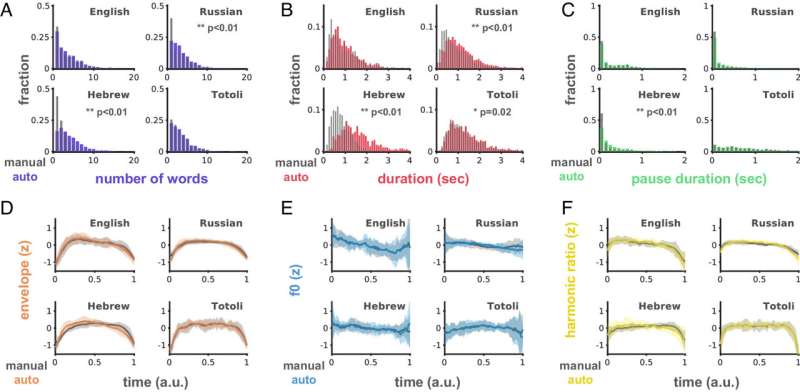The National Oceanic and Atmospheric Administration is narrowing the capabilities and reducing the number of next-generation weather and climate satellites it plans to build and launch in the coming decades, two people familiar with the plans told CNN.
This move — which comes as hurricane season ramps up with Erin lashing the East Coast — fits a pattern in which the Trump administration is seeking to not only slash climate pollution rules, but also reduce the information collected about the pollution in the first place. Critics of the plan also say it’s a short-sighted attempt to save money at the expense of understanding the oceans and atmosphere better.
Two planned instruments, one that would measure air quality, including pollution and wildfire smoke, and another that would observe ocean conditions in unprecedented detail, are no longer part of the project, the sources said.
“This administration has taken a very narrow view of weather,” one NOAA official told CNN, noting the jettisoned satellite instruments could have led to better enforcement and regulations on air pollution by more precisely measuring it.
[…]
Having fewer satellites in the sky means less redundancy and raises the risk of critical data outages, the NOAA official stated. “It’s gambling with the continuity of an operational system that we’ve relied on since the early 70s,” they said.
The satellite series is meant to be the successor to the GOES satellites, which provide a wealth of data for weather forecasting, with the first launch set for 2032 and service lasting through 2055.
[…]
Source: Trump admin strips ocean and air pollution monitoring from next-gen weather satellites | CNN


